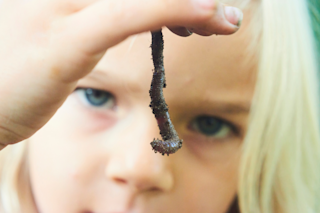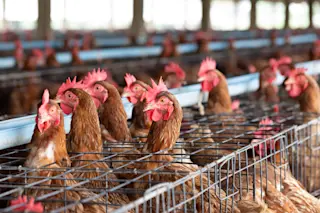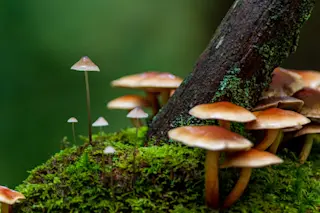David Gracer lifts a giant water bug, places his thumbs in a pre-sliced slit in its underside, and flips off its head. “Smell the meat,” he says, sniffing the decapitated creature, and the people gathered around the table willingly oblige. Members of the New York Gastronauts, a club for adventurous eaters, they murmur appreciatively as they scoop out and swallow the grayish, slightly greasy insect flesh.
“Perfumey, tastes like salty apples,” one says. “Like a scented candle blended with an artichoke,” another adds.
The giant water bug, or Lethocerus indicus, a three-inch-long South Asian insect that looks uncannily like a local cockroach, is just one of the items on the menu of this bug-eating bacchanal. The Gastronauts’ meal may seem more like a reality TV stunt than a radical environmental strategy, but Gracer is on a serious mission to shake up how we all think about our food supply. Gracer, ...














